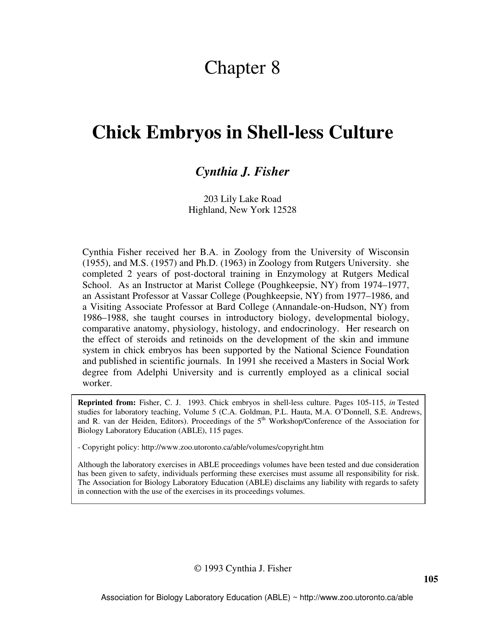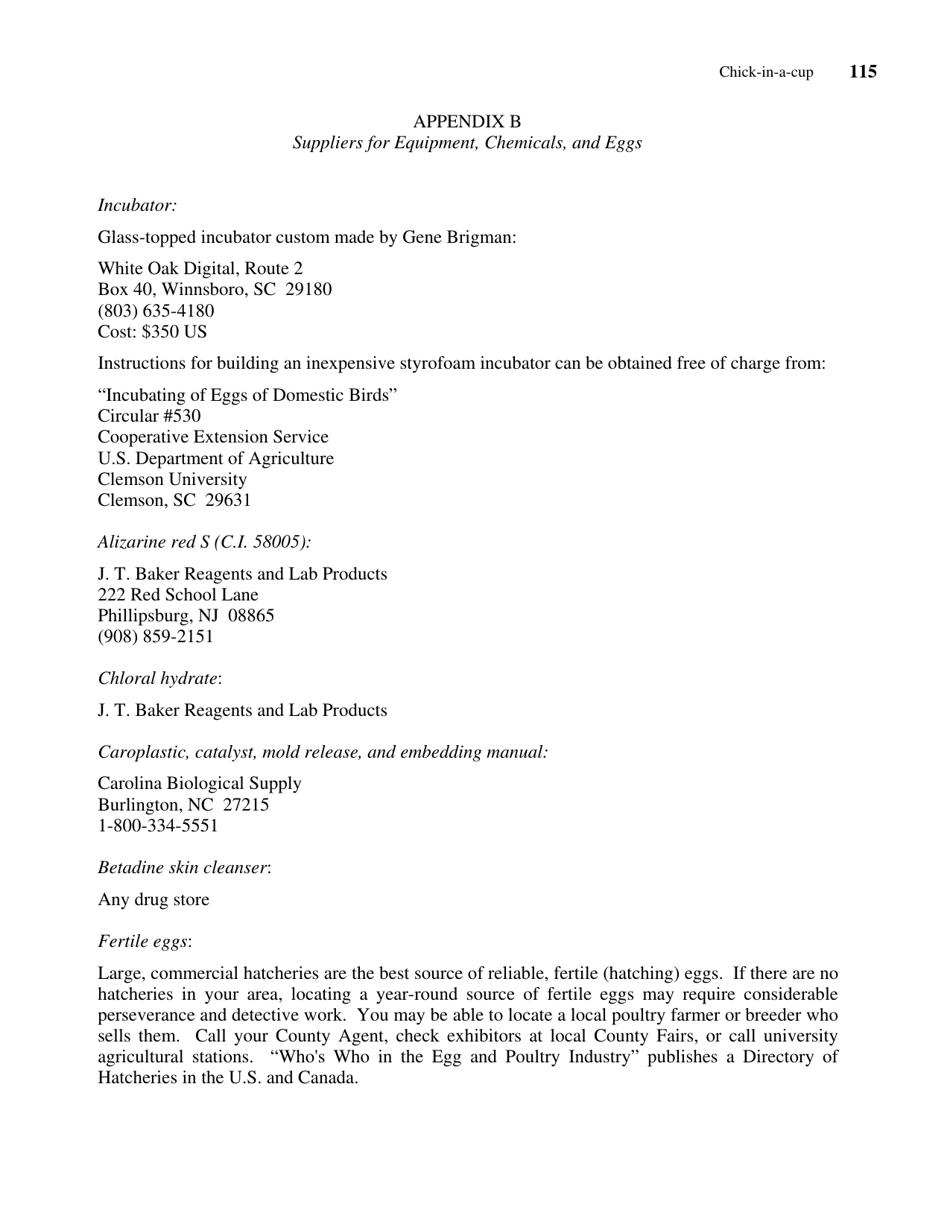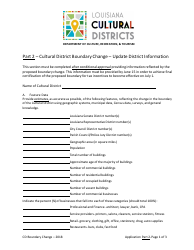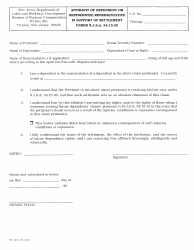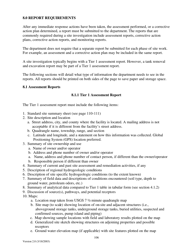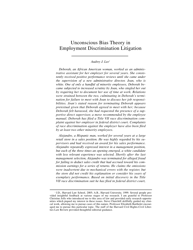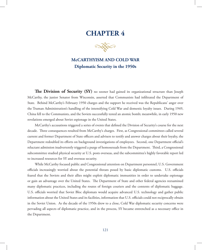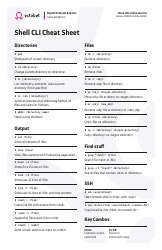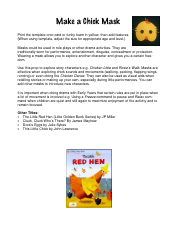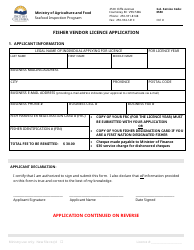Chapter 8: Chick Embryos in Shell-Less Culture - Cynthia J. Fisher
Chapter 8: "Chick Embryos in Shell-Less Culture" by Cynthia J. Fisher is a document that provides insights into the cultivation of chick embryos in a shell-less environment. It likely discusses the methods and techniques used to grow and study chick embryos outside of their natural shell.
FAQ
Q: What is shell-less culture?
A: Shell-less culture refers to the practice of incubating chick embryos outside of their eggshells, allowing researchers to study their development in a controlled environment.
Q: Why do researchers use shell-less culture in studying chick embryos?
A: Shell-less culture provides researchers with a clearer view of the developing chick embryos, allowing for easier observation and manipulation of the embryos during various stages of development.
Q: What are the benefits of studying chick embryos in shell-less culture?
A: Studying chick embryos in shell-less culture allows for a more detailed understanding of embryonic development, enhances the ability to manipulate and modify embryos, and provides insights into genetic and molecular mechanisms of development.
Q: How are chick embryos maintained in shell-less culture?
A: Chick embryos are maintained in shell-less culture by placing them in a nutrient-rich culture medium that provides the necessary nutrients and creates an environment conducive to proper development.
Q: What are some applications of shell-less culture in studying chick embryos?
A: Shell-less culture of chick embryos has been used to study various aspects of embryonic development, including organogenesis, gene expression patterns, and the effects of environmental factors on development.
Q: What are the limitations of shell-less culture in studying chick embryos?
A: Some limitations of shell-less culture include the need for specialized equipment and techniques, the potential for altered development due to the absence of the eggshell, and the challenges of maintaining a sterile environment for the embryos.
